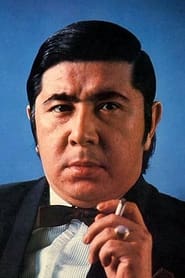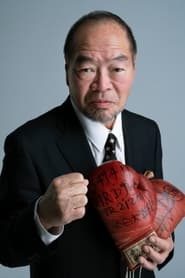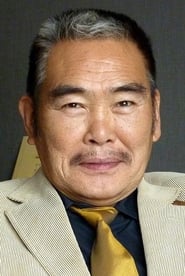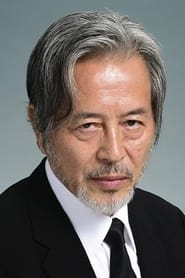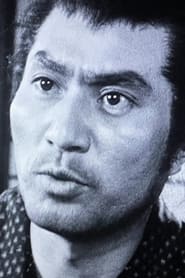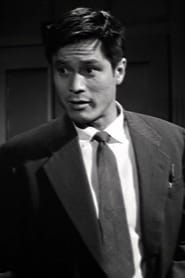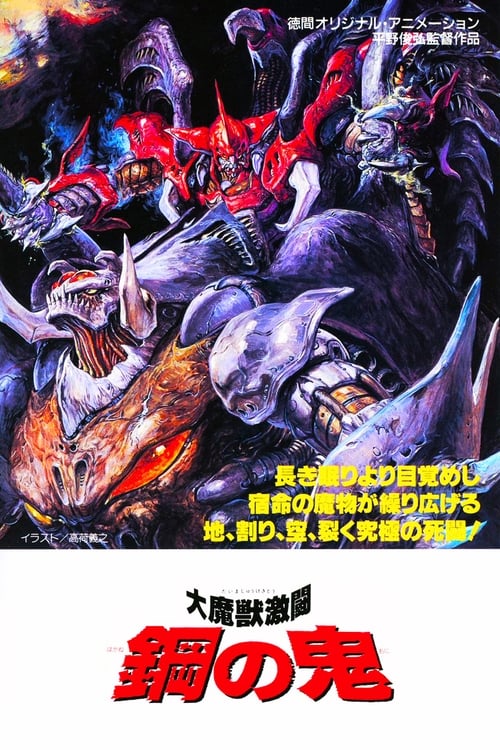
Ask Your Own Question
What is the plot?
What is the ending?
In the ending of "Lone Wolf & Child: Assassin on the Road to Hell," the protagonist, the Lone Wolf, faces a final confrontation with his enemies. After a series of intense battles, he ultimately sacrifices himself to ensure the safety of his son, the Child. The film concludes with the Child left alone, carrying the weight of his father's legacy and the promise of a new beginning.
As the film approaches its climax, the Lone Wolf and the Child find themselves cornered by a group of mercenaries who have been pursuing them throughout their journey. The atmosphere is tense, filled with the sounds of clashing swords and the cries of battle. The Lone Wolf, a master swordsman, fights valiantly, showcasing his skills as he takes down several adversaries. His movements are fluid and precise, reflecting years of training and experience.
In a pivotal scene, the Lone Wolf is confronted by the leader of the mercenaries, a formidable opponent who embodies the darkness that the Lone Wolf has been fighting against. The two engage in a fierce duel, their swords clashing with a metallic ring that echoes through the air. The Lone Wolf's determination is palpable; he fights not just for his own survival but for the future of his son. The Child watches from a distance, his eyes wide with fear and admiration, understanding the gravity of the situation.
As the battle rages on, the Lone Wolf begins to tire, but he pushes through, fueled by the love for his son. In a moment of desperation, he makes a strategic decision to create an opening for the Child to escape. He sacrifices his own safety, allowing the Child to flee while he holds off the remaining mercenaries. The emotional weight of this decision is heavy; the Lone Wolf knows that he may not survive, but his priority is to ensure that his son has a chance at life.
The final moments are heart-wrenching. The Lone Wolf fights valiantly, but ultimately, he is overwhelmed by the sheer number of enemies. As he falls, he locks eyes with the Child one last time, conveying a silent message of love and hope. The Child, now free but alone, runs away, carrying the burden of his father's sacrifice.
The film concludes with the Child standing at a crossroads, symbolizing the choices he must now make without his father's guidance. The weight of his father's legacy rests on his shoulders, and the audience is left with a sense of both loss and potential. The final shot lingers on the Child's face, a mixture of sorrow and determination, hinting at the journey ahead as he steps into a world that is both dangerous and full of possibilities.
Is there a post-credit scene?
The movie "Lone Wolf & Child: Assassin on the Road to Hell" does not feature a post-credit scene. The film concludes its narrative without any additional scenes or content after the credits roll. The story wraps up with the main characters, the Lone Wolf and his child, having faced numerous challenges and adversaries throughout their journey, ultimately leaving their fate open to interpretation but without any further developments or revelations in a post-credit format.
What motivates the main character, Lone Wolf, throughout the film?
Lone Wolf, a skilled assassin, is driven by a deep sense of duty and a desire to protect his son, Daigoro. His past traumas and the loss of his family fuel his determination to ensure Daigoro's safety, even as he navigates a treacherous world filled with enemies.
How does Daigoro's character develop during the film?
Throughout the film, Daigoro evolves from a passive child into a more aware and resilient figure. He witnesses the harsh realities of their world, which shapes his understanding of survival and loyalty, ultimately becoming more involved in the dangerous situations they face.
What are the key challenges Lone Wolf faces while on the road?
Lone Wolf encounters various adversaries, including rival assassins and corrupt officials, who threaten his mission and his son's safety. Each confrontation tests his combat skills and moral compass, forcing him to make difficult choices that impact their journey.
What role does the setting play in the story?
The film's setting, a desolate and unforgiving landscape, mirrors Lone Wolf's internal struggles and the dangers he faces. The harsh environments amplify the tension and isolation, emphasizing the bond between Lone Wolf and Daigoro as they navigate through perilous territories.
How does the relationship between Lone Wolf and Daigoro evolve throughout the film?
Their relationship deepens as they face life-threatening situations together. Lone Wolf's protective instincts clash with Daigoro's growing independence, leading to moments of tension but ultimately reinforcing their bond as they rely on each other for survival.
Is this family friendly?
"Lone Wolf & Child: Assassin on the Road to Hell" is not considered family-friendly due to its mature themes and graphic content. Here are some potentially objectionable or upsetting aspects that may affect children or sensitive viewers:
-
Violence: The film contains numerous scenes of intense violence, including sword fights and assassinations, which may be graphic and disturbing.
-
Death: Characters face death in various forms, including emotional moments that may be heavy and impactful.
-
Dark Themes: The narrative explores themes of revenge, betrayal, and the harsh realities of a violent world, which may be unsettling for younger audiences.
-
Emotional Turmoil: Characters experience significant emotional struggles, including loss and despair, which could be distressing.
-
Mature Language: There may be instances of strong language that are not suitable for children.
These elements contribute to a tone that is more appropriate for adult viewers rather than a family audience.




